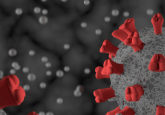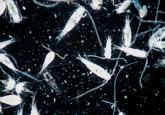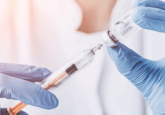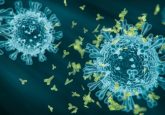Is there a genetic link to COVID-19 disease severity?
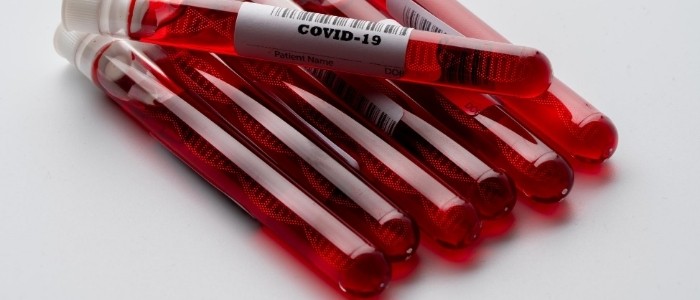
Two pairs of brothers in the Netherlands, all hospitalized by COVID-19, have led to a breakthrough in understanding our immune response to the disease and indicate a genetic link to the variation in COVID-19 disease severity.
The sharp thinking of a conscientious physician at the Radboud University Medical Center (RUMC; Nijmegen, The Netherlands) has led to researchers from the university discovering a link between the Toll-like receptor 7 (TLR7) gene and the severity of patient response to COVID-19. The study opens a new avenue for investigating the treatment of COVID-19 while highlighting a potential genetic link to COVID-19.
If you would like to keep up to date with our content on coronavirus, you can sign up for our site here, where you can subscribe to our newsletters for free!
The physician’s interest was initially piqued when two young brothers were both infected by SARS-CoV-2 and required ventilation due to the severity of their response to the infection. Sadly, one of the brothers died of the infection. The outcome for these brothers is contrary to the norm, with the majority of young, healthy individuals able to fight off the infection without the need for hospitalization. Noting this anomaly and due to the fact that the patients were brothers, she highlighted the case to colleagues at the university, who set up a multidisciplinary team to investigate the cases.
The gender of the patients also raised the chance of the severe response being more than a coincidence. Many genes linked to immune response reside in the X-chromosome, of which men have only one. This means that any abnormality in genes on the X-chromosome is more likely to be expressed phenotypically, as the male Y-chromosome contains far fewer genes than the X, making it is less likely to contain a functional counterpart to the mutant gene.
This suspected genetic component was given further credit when another pair of healthy brothers below the age of 35 became seriously ill with COVID-19 at the hospital.
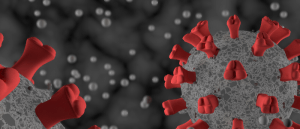 Lab-made mimic allows for safer study of SARS-CoV-2
Lab-made mimic allows for safer study of SARS-CoV-2
A lab-made hybrid virus that mimics the infectious properties of SARS-CoV-2 without the risk of human transmission could allow more researchers to join the fight against COVID-19.
Alexander Hoischen, a geneticist at RUMC, used a rapid clinical exome method to sequence the exomes of each brother. Cas van der Made (RUMC) described how the resulting sequences were then analyzed: “We mainly looked at genes that play a role in the immune system. We know that several of these genes are located on the X-chromosome, and with two brother pairs affected X-chromosomal genes were most suspicious.”
The study found a deletion mutation in the TLR7 gene of the first two brothers and a single base substitution in the same gene of the second pair of brothers. In both cases, this led to a significant reduction in the production of the protein TLR7.
van der Made and the team worked to establish the function of TLR7 and the impact when it is not functional. They found that, “TLR7 triggers the production of so-called interferons, signaling proteins that are essential in the defense against virus infections. This immune response is perhaps all the more important in the fight against the SARS-CoV-2 virus because we know from the literature that the virus has tricks to reduce the production of interferons by immune cells.”
The team tested this genetic link to COVID-19 disease severity by mimicking a SARS-CoV-2 infection in patients with poorly functioning TLR7 genes in their immune cells, the team found that very few interferons are produced and immune cell response is low.
Discussing the significance of this finding Hoischen stated that, “TLR7 function has so far never been associated with an inborn error of immunity. But unexpectedly we now have an indication that TLR7 is essential for protection from this coronavirus. So, it seems that the virus can replicate undisturbed because the immune system does not get a message that the virus has invaded. Because TLR7, which must identify the intruder and subsequently activate the defense, is hardly present that could be the reason for the severity of the disease in these brothers.”
This study highlights a novel avenue for the exploration of potential treatments for COVID-19 and could also provide an explanation for the observed trend of higher fatalities from COVID-19 in men than women.
